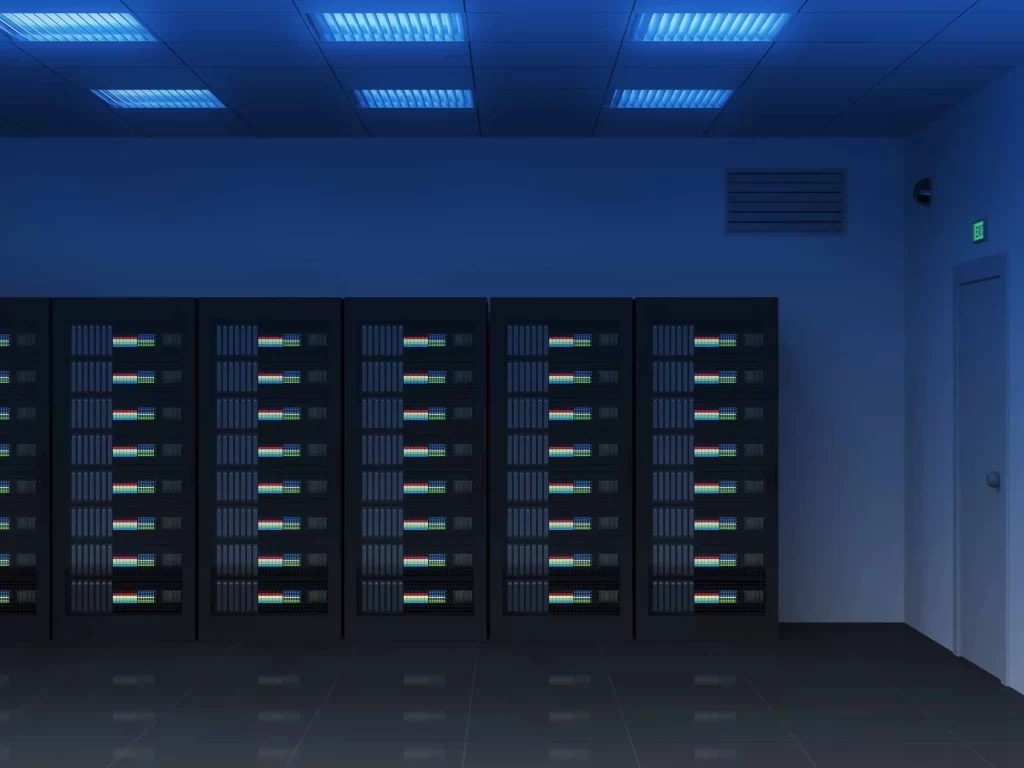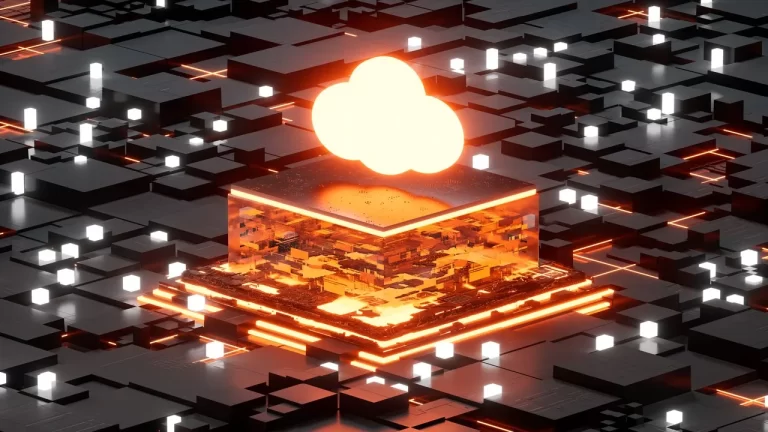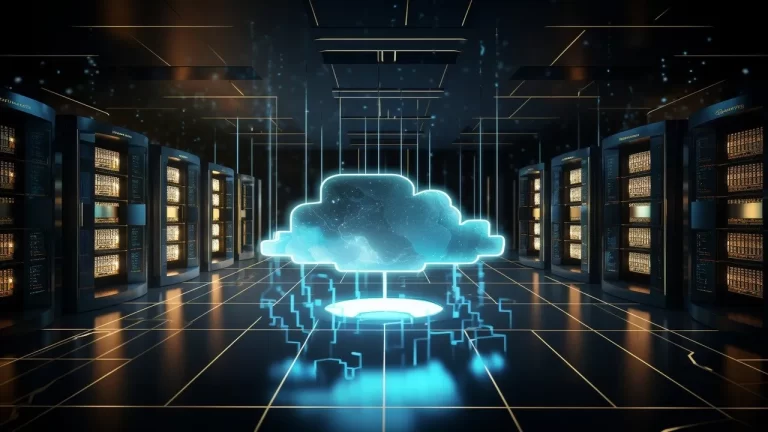Data Center Demand & The Curtailment-Enabled Headroom Of The Future
The topic of data center demand has been on everybody’s lips these days, leading to talk of delaying scheduled fossil energy power plant shutdowns and building new ones. Meanwhile, clean tech innovators are racing to develop new systems that improve energy efficiency & manage demand. Everything is on the table, from futuristic underground thermal cooling systems to orbiting facilities that harvest solar energy 24/7.
That’s all well and good, but a research team based at the Nicholas Institute for Energy, Environment & Sustainability at Duke University has introduced a more accessible & potentially less expensive solution, which they are calling “curtailment-enabled headroom.”The team describes curtailment-enabled headroom in a newly published study billed as the first of its kind, under the title, Rethinking Load Growth: Assessing the Potential for Integration of Large Flexible Loads in US Power Systems.
What Is This Curtailment-Enabled Headroom Of Which You Speak?
By curtailment-enabled headroom, the Duke researchers mean the amount of additional load the grid can absorb by strategically curtailing usage for relatively short periods.
“The findings highlight a significant opportunity: nearly 100 GW of large new loads could be integrated with minimal impact, supporting economic growth while maintaining grid reliability & affordability,” the researchers conclude. The researchers emphasize that the potential to absorb 100 gigawatts depends on load flexibility, by which they mean “the ability of customers to temporarily minimize their electricity use from the grid.”
That’s easy enough for the general public. All you have to do is turn some appliances down or off, and you’re done. Data centers & other bulk electricity consumers are another kettle of fish. The researchers suggest that shifting workloads or reducing operations may be possible in some cases. For others, energy storage systems or other onsite generators would do the trick. As luck would have it, energy storage systems are quite common nowadays in the form of lithium-ion battery arrays. New long-duration energy storage technologies are also emerging, though the Duke team emphasizes that short-duration storage is all that’s needed.“The 100-GW estimate assumes that these new loads would be curtailed an average of 0.5 percent of their maximum uptime each year to help the grid meet peak demand, such as on extremely hot or cold days,” the researchers state. “The average curtailment time would be about two hours, which is consistent with the storage capacity of short-duration batteries.”
Data Centers & Demand Response
The Duke team also notes that the time frame of the estimated annual 0.5% curtailment window is similar to demand response programs, in which utilities use discounted rates to nudge electricity consumers onto periods of lower demand, easing the pressure on peak demand.“The changes help reduce peak loads or provide other services, such as targeted deferral of grid upgrades or integration of wind & solar energy that are available at varying times, ” they add.
“Our study demonstrates that existing U.S. power system capacity intentionally designed to handle extreme peak demand swings could accommodate significant load additions with modest flexibility measures,” explains lead author Tyler Norris, who emphasizes that curtailment-enabled headroom can enable grid markets to reduce the cost of capacity expansion while absorbing new load more rapidly.
Here’s Some More Grid Capacity For Your Data Center
As if on cue, the Estonian startup Gridraven popped up in the news this morning. Gridraven is among several firms specializing in dynamic line rating systems, which enable grid operators to adjust the capacity of transmission lines more frequently, allowing them to carry more electricity more often when conditions are safe. As it stands now, transmission line capacity is typically set on a seasonal basis with worst-case scenarios built in based on temperature alone, resulting in a chronic under-use of capacity. Dynamic line rating systems are more accurate because they gather actual data on temperature, wind, and other factors from sensors located on transmission lines, or in the case of Gridraven, by deploying enhanced weather modeling.
Gridraven surfaced on the CleanTechnica radar just a few weeks ago when it announced plans to bring its AI-enabled dynamic line rating system to the USThey certainly have not let the grass grow under their feet. Having spotted a ripe opportunity in the form of data center demand among other emerging loads, this morning the company announced that it has officially set up shop in Austin, Texas under the name Gridraven Inc.”The US and especially Texas are seeing significant load growth from electrification & data centers,” Gridraven points out. You can say that again. Texas alone has almost 400 data centers under its belt.
Gridraven CEO Georg Rute, who is relocating to Austin to oversee the US branch in person, notes that Texas represents “a dynamic energy ecosystem that will allow us to strengthen partnerships, expand our reach, and increase our impact.”We want to be close to our North American customers while also propelling growth globally,” Rute adds. “This is a significant step forward, but it’s only the beginning.” “Electricity consumption in the US is rising rapidly due to economic development, electrification, and AI data centers. However, the grid is becoming overwhelmed & struggling to keep up with this demand. As building a new transmission line takes a decade,” Rute adds again, for good measure. While dynamic line rating systems are source-agnostic, Gridraven is also zeroing in on new opportunities to integrate more renewable energy into the grid, as described in a recent report from the clean energy think tank RMI.RMI investigated a capacity enhancement strategy that deploys dynamic line rating systems along with advanced power flow controls & topology optimization. In the northeastern US grid alone, RMI found that the three-part toolkit would add 6.6 gigawatts of clean power at far less cost & much more quickly than conventional grid network upgrades.
For the record, Gridraven’s US expansion was assisted by €4 million in funding from the German firm 42CAP & the Finnish firm Icebreaker, among others, based on a demonstration of Gridraven’s technology on a transmission line in Estonia last year. Photo (cropped): Researchers & innovators are developing new strategies for addressing data center demand. Other new loads on the US electricity grid while minimizing infrastructure investments & avoiding new fossil energy power plants.







